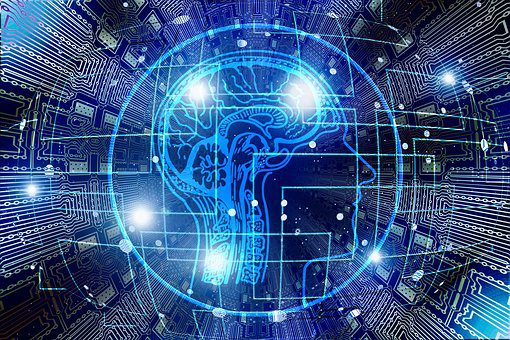
Over the next decade, there will be a shift in digital pathology and artificial intelligence (AI) applications from the pharmaceutical sector to clinical diagnostics. Once they are established as primary and secondary diagnostic tools, clinicians will be able to decrease turnaround time, prioritize critical cases, and improve overall patient outcomes. However, for AI tools to gain regulatory approval for primary diagnosis in digital pathology, it is imperative to adopt a parallel workflow to showcase the superior benefits of pathology diagnoses that amass data.
“AI has the potential to analyze big data and find patterns and insights that could enhance patient outcomes in the field of pathology,” said Deepak Jayakumar, Senior Research Analyst, TechVision. “It can serve as a supplementary or a validation tool in imaging analytics for pathologists and help process more slides in a shorter duration. So far, AI-based medical diagnostic tools like OsteoDetect have already been approved for use by the FDA for the detection of distal radius fracture. Furthermore, AI-powered tools can better identify skin lesions and the presence of invasive breast cancer.”
Frost & Sullivan’s recent analysis, Digital Pathology: Roadmap to the Future of Medical Diagnosis, covers the solutions of digital whole slide scanning, digital imaging solutions, and digital data repository. The study identifies technology advancements, applications, and potential, as well as presents the most successful business models and strategies currently dominating the market.

